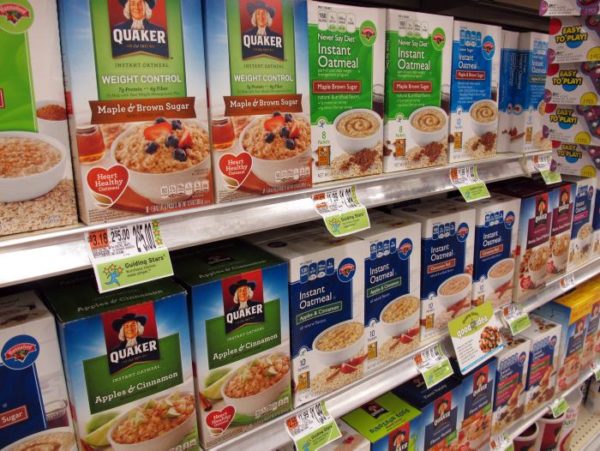On what is the nutritional labeling based?
When we talk about nutritional labeling, we are looking at all that information regarding the energy value and the nutrients that carry the food: saturated fats, sugars, carbohydrates, proteins, mineral salts …
From December 13, 2016 it is mandatory to include all this information in fortified foods, or in which a nutritional declaration is made, according to the regulation on food information provided to the consumer.
What should nutrition labeling include?
Nutrition labeling should always be structured as follows:
- Energy value
- Amounts of fat
- Saturated fats
- Carbohydrates
- Sugars
- Proteins
- Sales
The nutritional labeling can still be a little more exhaustive, incorporating data such as: monounsaturated fats, polyunsaturated fats, polyalcohols, starch, dietary fiber, vitamins and minerals.

Other information you should know
The table of nutritional information is given by law. It can not be complemented with any other nutritional information or extra information that does not appear in the specific regulation.
Nutrition labeling should always be within the consumer’s visual field. It is necessary to use a data table with the order shown above. Only if the size of the product is very small, it is allowed to put it in text format.
If the level of nutrients is very low, it is allowed to express it in the following way: “it contains minimum quantities of …”.
What foods are spared from putting nutrition labeling?
- All those products and foods cured, or that have not been subjected to transformation processes, and that are composed of a single ingredient.
- Alcoholic beverages that exceed 1.2%.
- All packaged foods in which the largest surface of the package is less than 25 cm 2.
- Water, salt, spices, teas or vinegars.
- Unpackaged food.
So far, our brief explanation on nutrition labeling and its characteristics. For more information, you can go to our offices or request information on this website.








